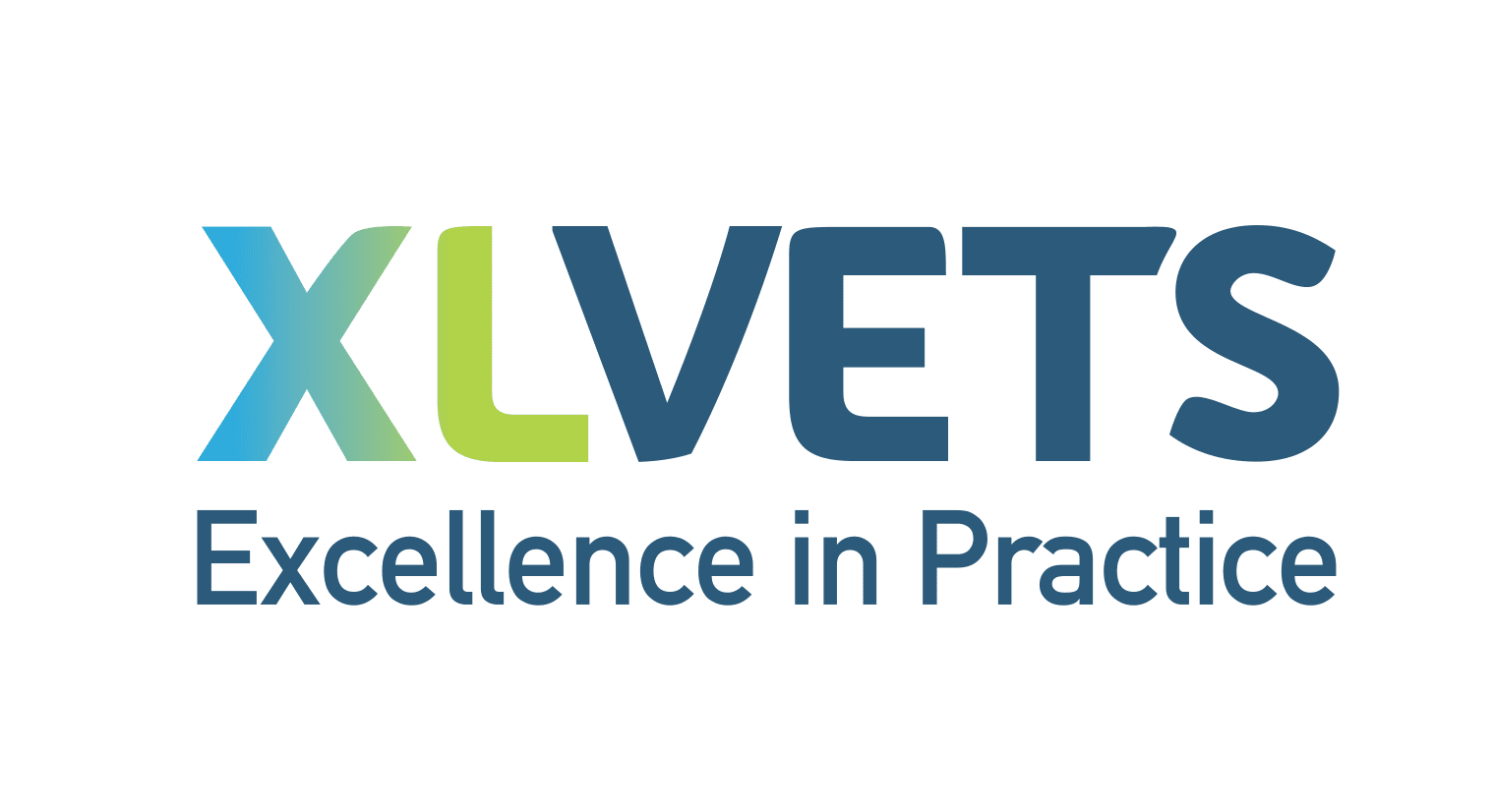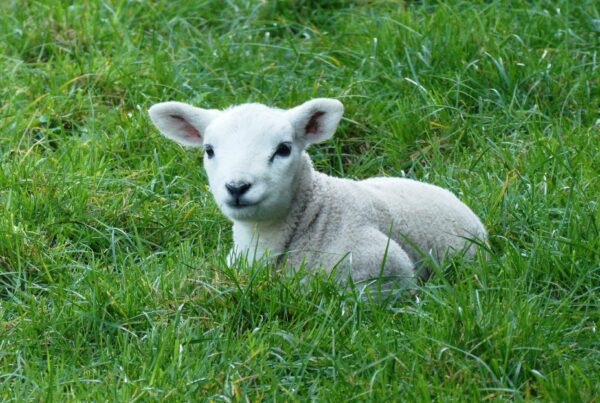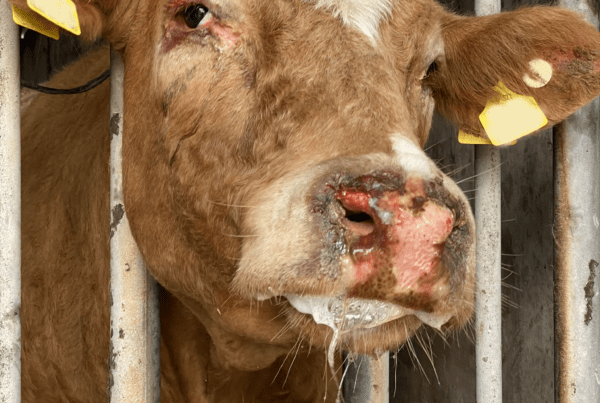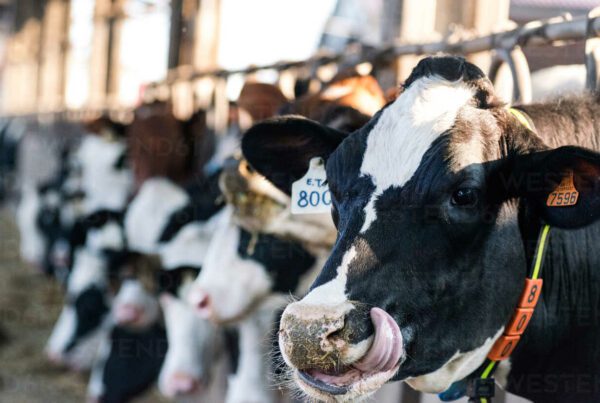Article by Tadhg Gavin MVB Cert DHH
Killaloe Veterinary Clinic Co Clare
2022 sets to bring about one of the biggest changes in animal remedies legislation for a generation. The Veterinary Medicines Regulation (Regulation (EU) 2019/6) will modernise the existing rules on the authorisation and use of veterinary medicines in the European Union (EU) when it becomes applicable on 28 January 2022. It contains new measures for increasing the availability and safety of veterinary medicines and enhances EU action against antimicrobial resistance.
Key Changes
One of the key changes from a parasite control perspective is that antiparasitic drugs will now become Prescription Only Medicines (POM).
The main reasons for this change is the demonstration of anthelmintic resistance to these products. Resistance is the heritable ability of the parasite to tolerate a normally effective dose of the anthelmintic. The ability to survive is passed on to its offspring. Antiparasitic Resistance represents a clear and present danger to the Irish agri-food industry.
A recent study on four dairy farms in the south east of the country showed that all farms in the study had resistance to Ivermectin. In 2014 Irish research indicated that 51% of worming interventions in sheep flocks were unsuccessful indicating a significant level of resistance.
In another study carried out by Teagasc on 16 dairy to beef farms, results showed that resistance to macrocyclic lactone was found on all sixteen farms, while resistance to benzimidazole was found on twelve of the sixteen farms in the study.
If we are to sustainably continue the long established practice of grassland rearing of ruminants on this island, prudent use of antiparasitic drugs and a sustainable approach to parasite control is essential.
To assist, you can use the following SCOPS Protocols as a template for parasite control on your farm
- Work out a control strategy with your vet – The need for specialist consultation is greater now than before. Decisions about the judicious use of anthelmintics in worm control programmes are complex, and will require ongoing consultations.
- Use effective quarantine strategies to prevent the importation of resistant worms in introduced animals.
- Test for Anthelmintic Resistance (AR) on your farm – Knowing which products (chemical groups) are effective on a farm is fundamental to an effective control strategy.
- Administer anthelmintics effectively – Administer the right dose in the correct way, and exploit opportunities to enhance drug efficacy to ensure maximum kill rates.
- Use anthelmintics only when necessary – Understand the trade-off between tolerating some level of parasitism and minimising selection for AR. **FEC (Faecal egg count) monitoring has an important role as does monitoring of weight gains.
- Select the appropriate anthelmintic for the task – Consider narrow spectrum treatments whenever possible. Alternate chemical groups in appropriate ways.
- Adopt strategies to preserve susceptible worms on the farm – This includes voiding treatment of adults with acquired immunity and using the practice of parasite refugia.
- Reduce dependence on anthelmintics – Use alternative control measures when possible. These include grazing management, risk assessment and breeding animals that have been selected for resistance to nematodes.
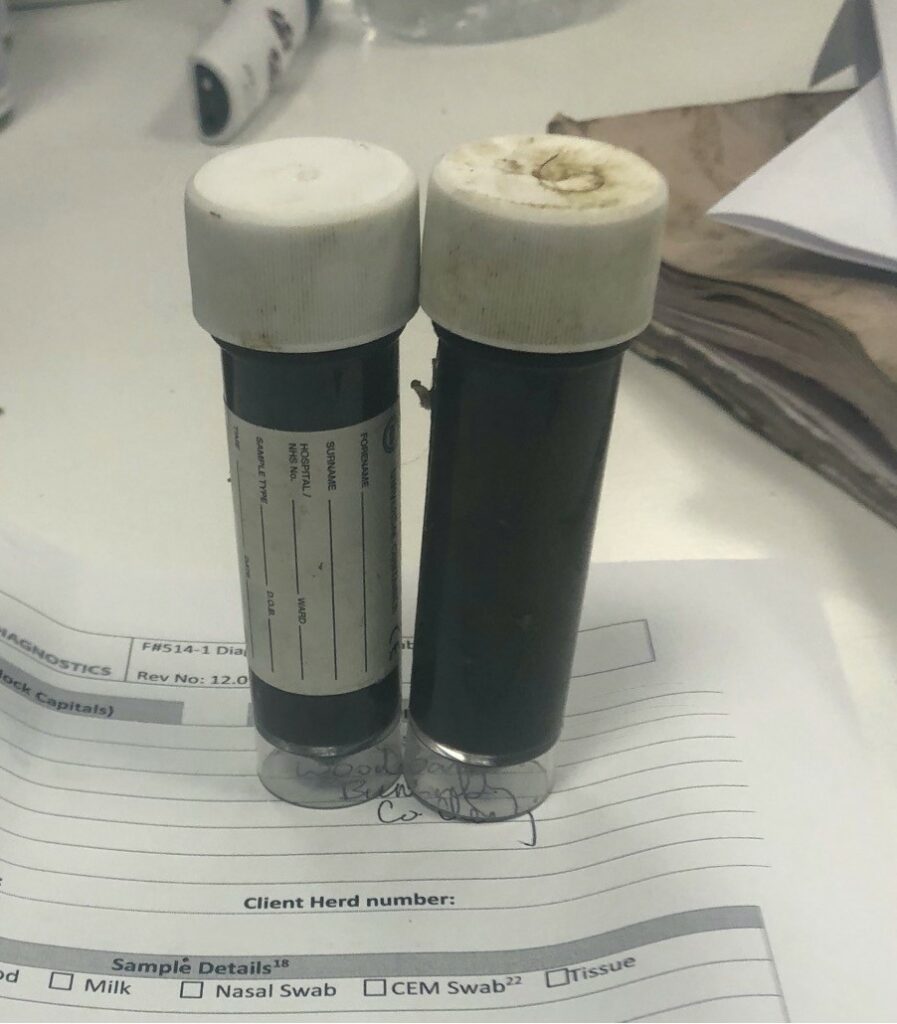
Farmer benefits to changes in parasite control
- Reduction in time and labour by using less dosing
- Increased growth rates and productivity and decreased clinical disease
- Reduced expenditure on anti parasitic medicinal products
- Long term sustainability of grass based production without over reliance on chemical controls
The XLVet Skillnet Parasite Mentor Program educates farmers through risk assessment, establishment of a baseline of infection, interpretation of FEC data and planning and reporting. Ask your local XLVet practice for details.
Glossary of Common Terms in Parasitic Control
** FEC – Faecal Egg Count – This gives a count of worm eggs present in a faecal sample and if treatment is required
FECRT – FEC Reduction Test a FEC is performed on Day 0 and again on Day 10-14 after treatment The FERCT helps the vet determine the efficacy of the anthelmintic that was used.
Pre patent period. The period between infection with a parasite and the demonstration of the parasite in the body by detection of eggs in the faeces
